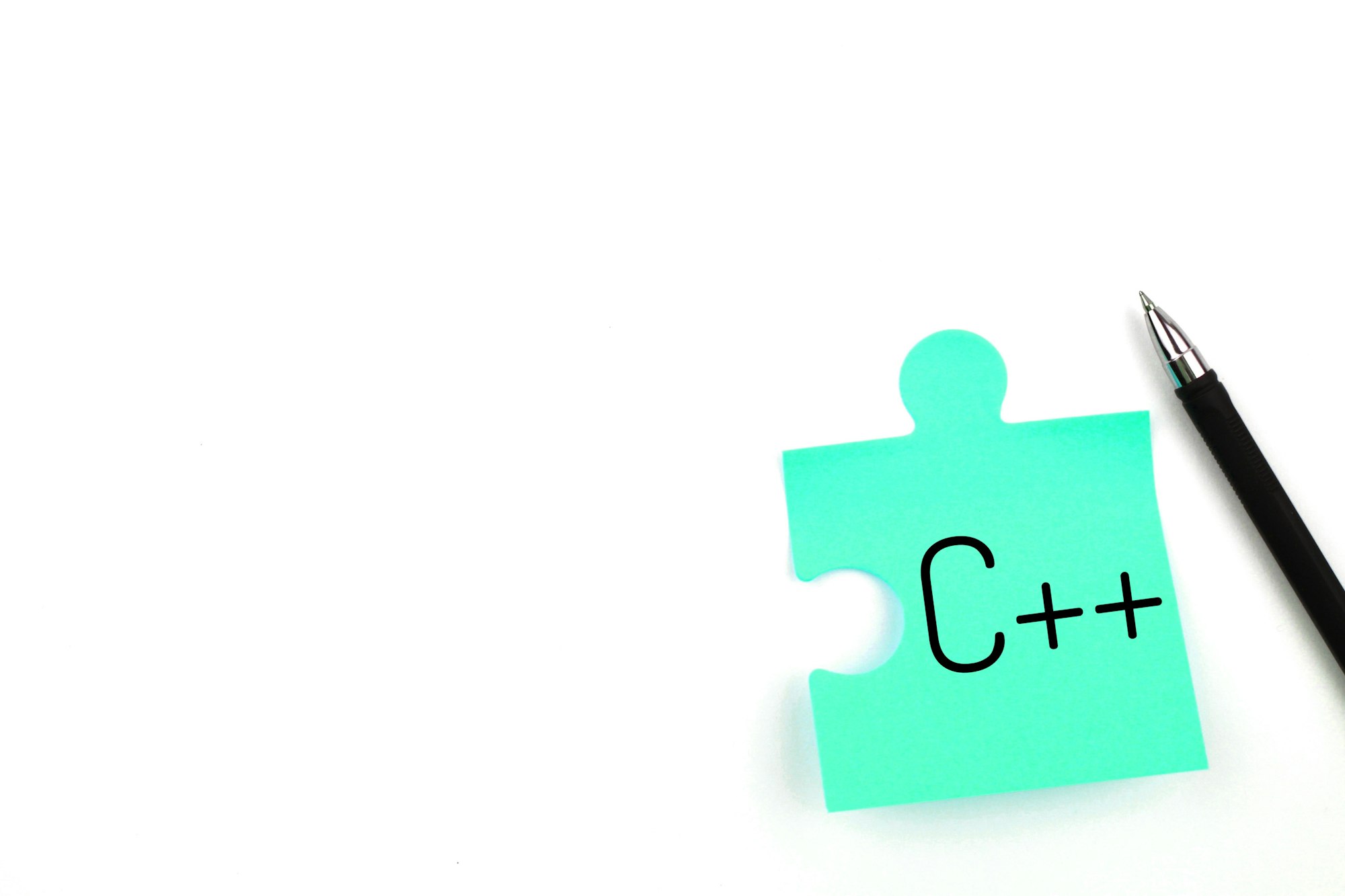The realm of AI programming offers a vast landscape of possibilities, but selecting the right language can feel like navigating a labyrinth. This article delves into three compelling options: the innovative Mojo, the established powerhouse C++, and the safety-focused Rust. We’ll explore their technical aspects to guide your choice.
1. Mojo: The New Prodigy with Pythonic Charm
Mojo emerges as a revolutionary language, aiming to bridge the gap between user-friendliness and raw performance. It boasts a syntax strikingly similar to Python, a language familiar to many AI developers. This familiarity eases the learning curve for those already comfortable with Python’s ecosystem. However, beneath this familiar exterior lies the power of a compiled language, akin to C++ and Rust. This translates to significantly faster execution speeds compared to Python, making Mojo an attractive option for developers seeking to optimize their AI models without a complete paradigm shift.
Technical Nuances of Mojo:
· Statically Typed vs. Dynamically Typed: Unlike Python’s dynamic typing, Mojo enforces static typing. This means variable types are declared at compile time, offering better performance and improved error detection.
· Struct Types for Performance: While Python utilizes classes, Mojo leverages struct types. These structures have fixed memory layouts determined at compile time, similar to C++ and Rust. This approach streamlines memory management and optimizes code for native machine performance.
· MLIR for Hardware Harmony: Mojo leverages a revolutionary compiler technology called MLIR (Multi-Level Intermediate Representation). MLIR empowers Mojo to generate highly optimized code for various hardware architectures, including CPUs and GPUs. This translates to seamless adaptation and efficient execution across diverse computing environments.
2. C++: The Veteran Warrior of Performance
C++ reigns supreme as the battle-tested language for high-performance computing. It grants meticulous control over memory management and hardware interactions. This granular control allows experienced developers to squeeze every ounce of performance out of their AI applications, making it ideal for computationally intensive tasks like deep learning.
Technical Prowess of C++:
· Object-Oriented Programming (OOP): C++ embraces OOP principles, allowing developers to structure their code using classes and objects. This promotes code reusability and maintainability for large-scale AI projects.
· Manual Memory Management: C++ grants fine-grained control over memory allocation and deallocation. While powerful, this responsibility demands a strong understanding of memory management to prevent memory leaks and crashes.
· Template Metaprogramming: C++ offers the potent tool of template metaprogramming. This allows for advanced code generation at compile time, enabling optimizations for specific hardware or algorithms. However, this technique comes with a steep learning curve.
3. Rust: The Safety-First Champion
Rust presents a compelling alternative to C++. It prioritizes memory safety and prevents common programming errors that plague C++ development. This focus on safety leads to more robust and reliable AI systems, crucial for critical applications where failures can have severe consequences. While offering performance comparable to C++, Rust’s safety features come at the price of a slightly more complex syntax and steeper learning curve.
Technical Advantages of Rust:
· Ownership System: Rust employs a unique ownership system that ensures memory safety and prevents memory leaks. This system enforces clear rules about who “owns” a piece of data at any given time, eliminating the possibility of dangling pointers and memory corruption.
· Borrow Checker: Rust leverages a “borrow checker” to enforce memory access patterns. This ensures that borrowed data (references) remains valid throughout its usage, preventing data races and potential crashes.
· Zero-Cost Abstractions: Unlike some other languages with safety features, Rust achieves memory safety without sacrificing performance. This translates to code that runs as fast as its C++ counterpart, making Rust a viable choice for performance-critical AI applications.
Choosing Your AI Programming Weapon
The ideal language hinges on your specific needs and experience:
· For Beginners: If you’re new to AI programming, Mojo’s Python-like syntax lowers the entry barrier and allows you to leverage existing Python knowledge.
· For Performance Enthusiasts: C++ empowers experienced developers with ultimate control and raw speed, making it ideal for pushing the boundaries of AI performance.
· For Safety-Conscious Developers: Rust provides a secure foundation for robust AI systems, minimizing the risk of errors and crashes. It’s a great choice for mission-critical applications requiring high reliability.
Ultimately, the best way to choose is to explore online tutorials and experiment with each language. This hands-on experience will help you discover the language that best aligns with your AI programming goals and technical comfort level.

